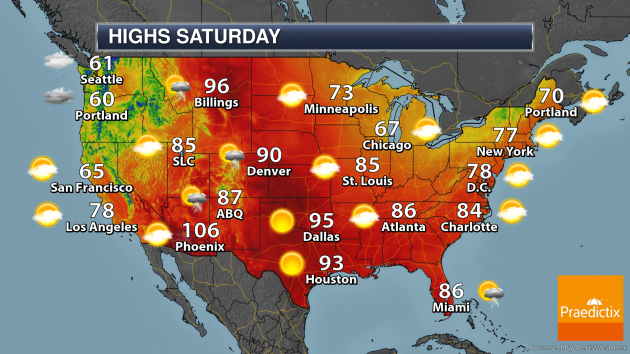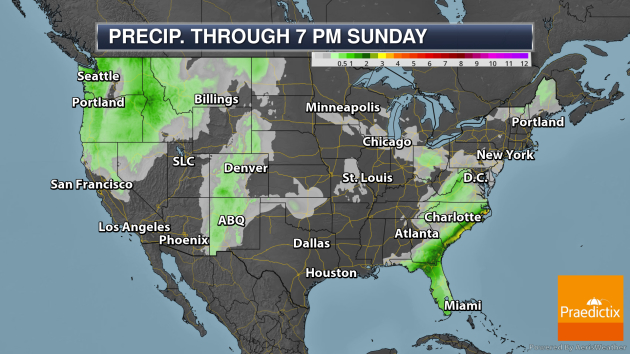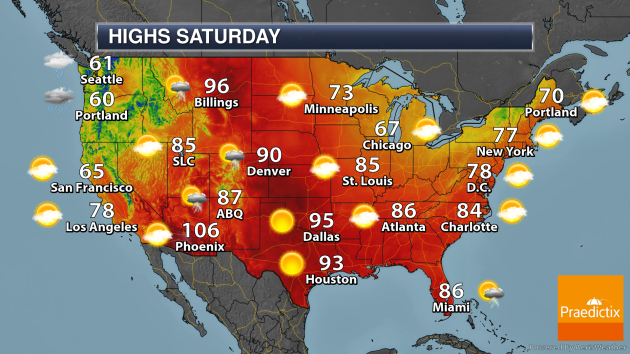National Weather Forecast


As we go through Saturday, showers and thunderstorms will be possible in the Northwest with some snow mixed in at higher elevations. A frontal system working east will spark storms from the Northern Plains to New Mexico. A couple of fronts will help produce rain in the Mid-Atlantic and Southeast.

The heaviest rain through the weekend will be along the Carolina Coast, where rainfall amounts of 3″+ will be possible.
_______________________________________________
‘Surprisingly rapid’ rebound in carbon emissions post-lockdown
More from The Guardian: “Carbon dioxide emissions have rebounded around the world as lockdown conditions have eased, raising fears that annual emissions of greenhouse gases could surge to higher than ever levels after the coronavirus pandemic, unless governments take swift action. Emissions fell by a quarter when the lockdowns were at their peak, and in early April global daily carbon dioxide emissions were still down by 17% compared with the average figure for 2019, research published last month in the journal Nature Climate Change found. Now daily carbon emissions are still down on 2019 levels, but by only 5% on average globally, according to an updated study.“
Jet stream: Is climate change causing more ‘blocking’ weather events?
More from Carbon Brief: “Key to this unseasonable weather are persistent high-pressure “blocking” weather systems, which bring clear, dry conditions on the ground below for many days or weeks. Blocking events bat away oncoming low-pressure systems that would bring the prospect of clouds and rain. They are particularly synonymous with heatwaves and drought in summer and bitterly cold conditions in winter. But what are the prospects for blocking events in a warming climate? And could a rapidly warming Arctic also have a role to play?“
Fewer blizzards for North America as snow lessens
More from Climate News Network: “It could soon be safe to think with nostalgia of the snows of yesteryear. Snowstorms in the future in the US could happen less often, with less intensity. And they would be of a smaller size. This is on the assumption that humans go on burning ever more fossil fuels to release ever more greenhouse gases into the atmosphere to fuel global heating. Although winters – especially in the central US and on the Eastern Seaboard – will continue to bring snowfall, ice storms and cold snaps, by the end of the century there will be, on average, 28% fewer snowstorms. And with this drop will come a fall of a third in the precipitation of snow or frozen sleet, and the area covered by snowfall will have been reduced by 38%.“
_______________________________________________
Thanks for checking in. Don’t forget to follow me on Twitter (@dkayserwx) and like me on Facebook (Meteorologist D.J. Kayser)!
– D.J. Kayser


